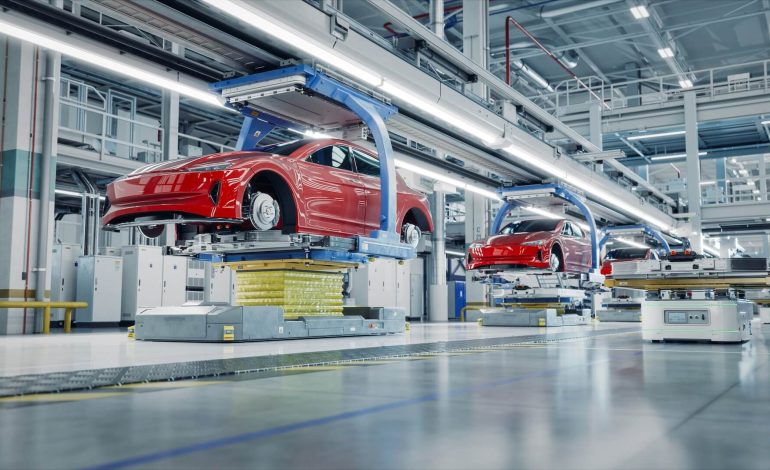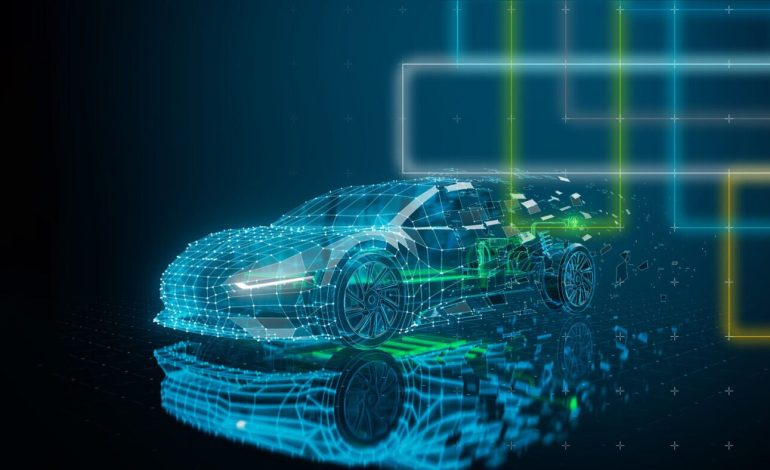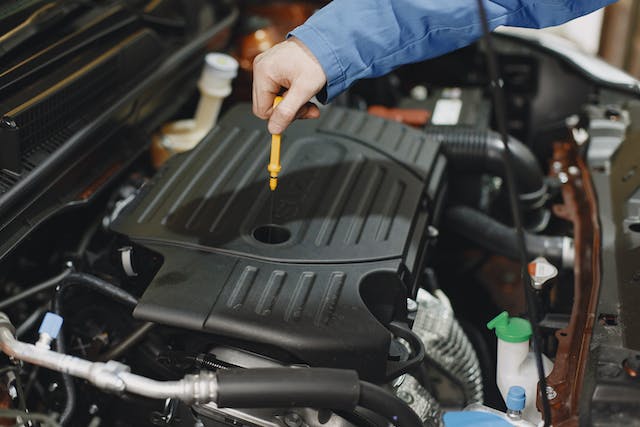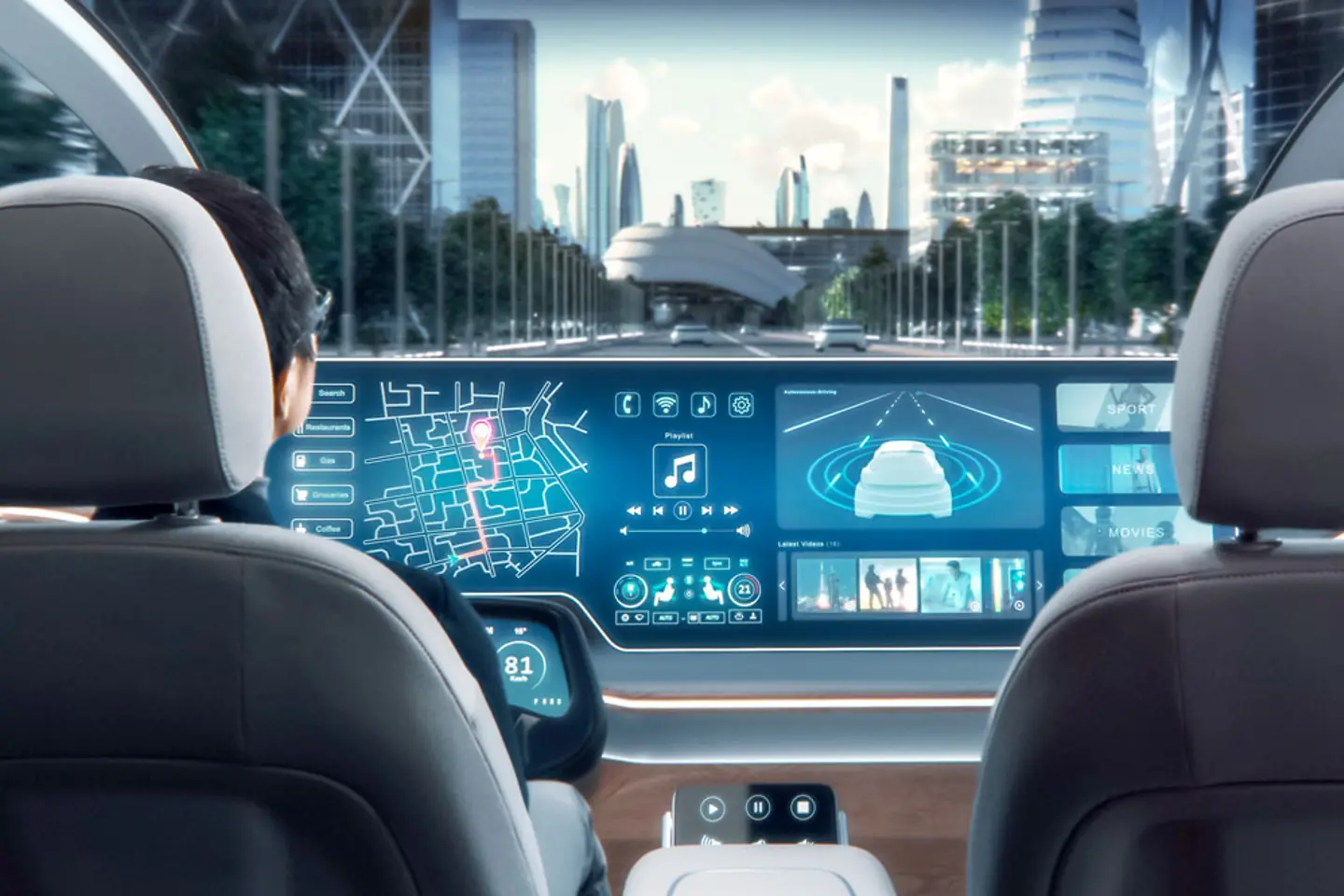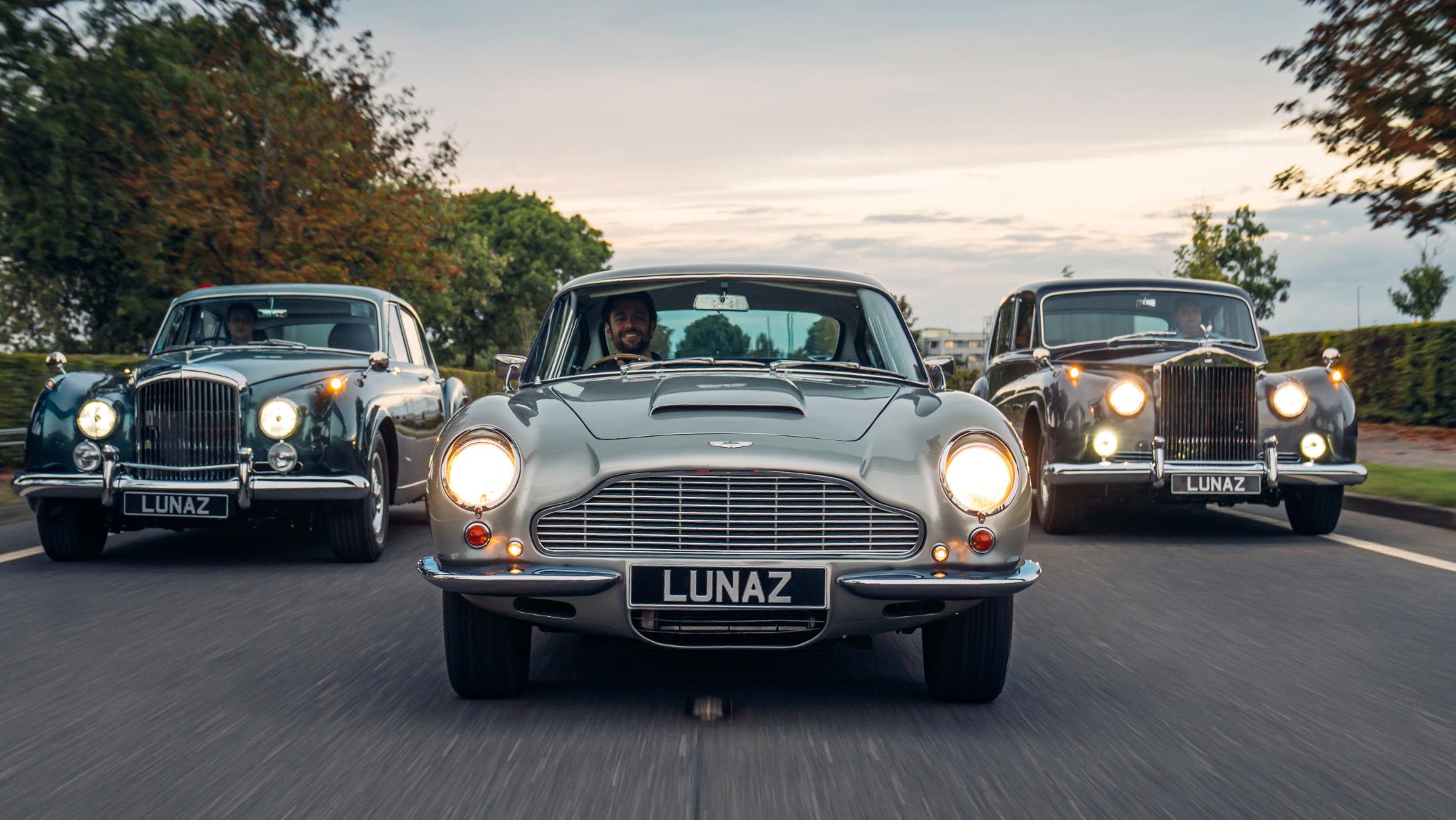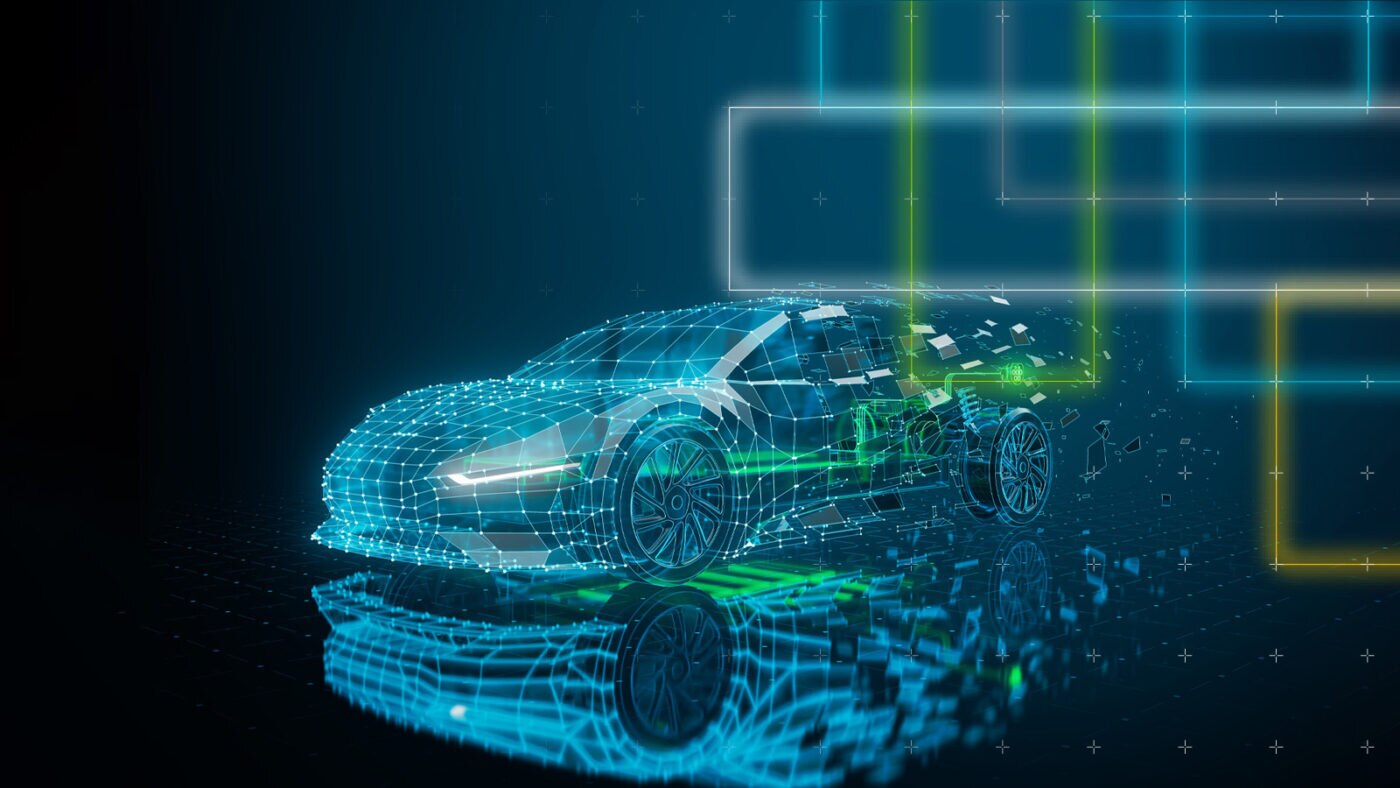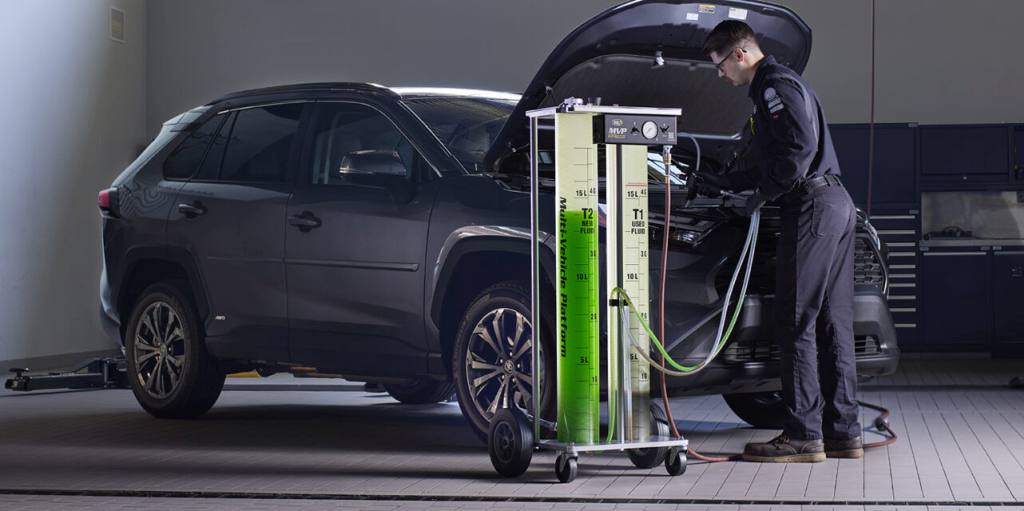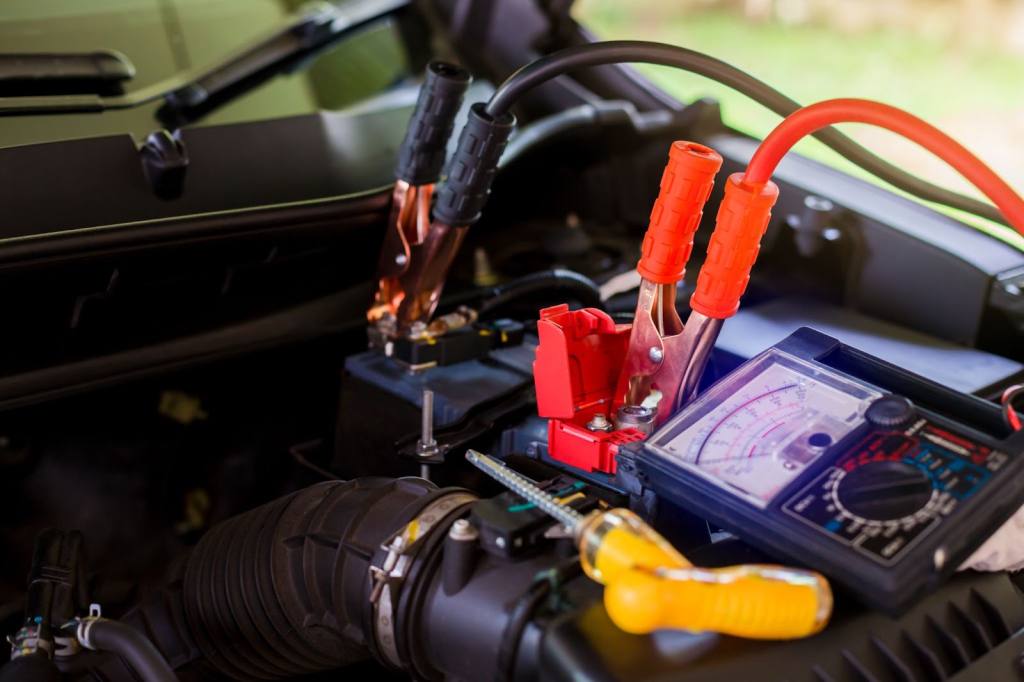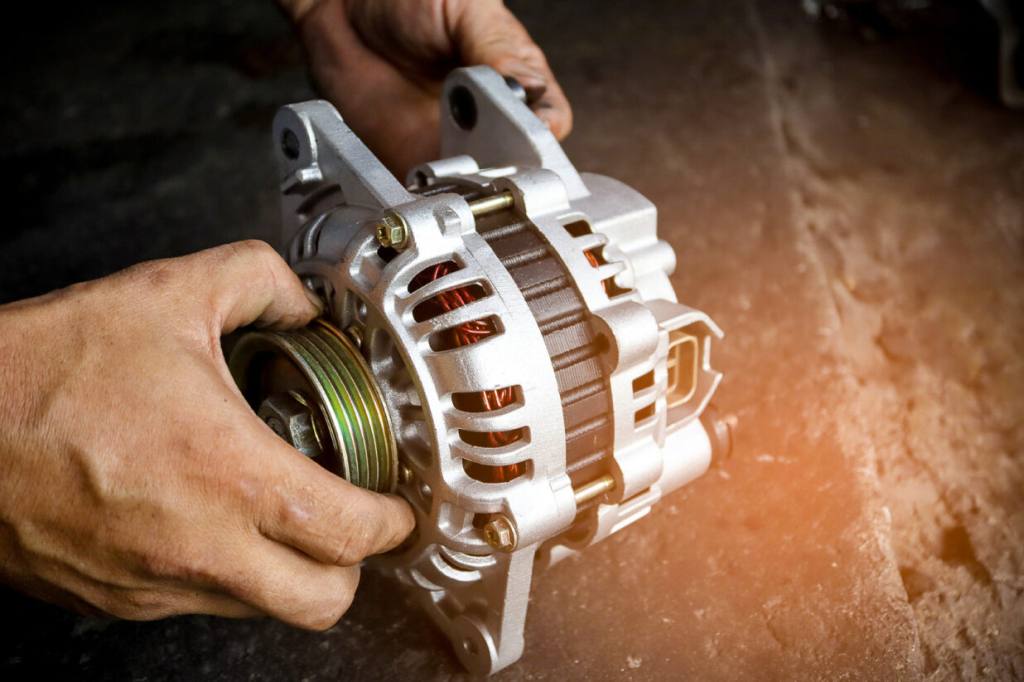The Automotive Revolution of 2025: Innovation, Electrification, and the Future of Driving
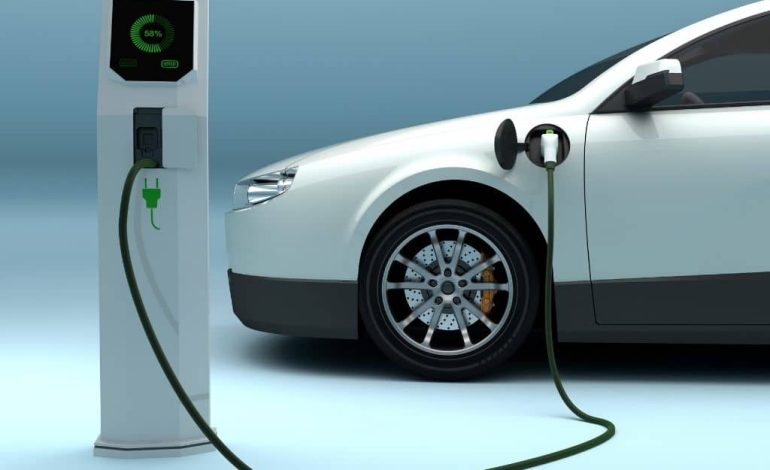
The automotive world in 2025 is moving faster than ever — not just on the road, but in the race toward innovation, sustainability, and digital transformation. Cars are no longer just machines that get us from one place to another; they are smart, connected ecosystems that combine technology, design, and environmental responsibility. With electric vehicles (EVs) leading the charge, autonomous systems improving safety, and digital connectivity redefining convenience, the global car industry is entering its most exciting era yet.
This article explores the key trends shaping the automotive landscape in 2025 — from electrification and artificial intelligence to changing consumer preferences and the future of mobility.
1. Electrification Becomes Mainstream
Perhaps the most significant shift in the automotive industry is the mass adoption of electric vehicles (EVs). What was once a niche market dominated by early adopters has now become the global standard. In 2025, nearly every major automaker — from Tesla and BMW to Toyota, Ford, and Hyundai — offers a full lineup of electric or hybrid vehicles.
Technological advances in battery efficiency, charging speed, and range have addressed many of the concerns that once slowed EV adoption. New solid-state batteries can deliver up to 1,000 kilometers (620 miles) on a single charge, while ultra-fast charging stations can replenish 80% of power in less than 15 minutes.
Governments worldwide are also supporting the transition. Many countries have implemented incentives for EV buyers, introduced stricter emissions regulations, and announced bans on new internal combustion engine (ICE) vehicle sales within the next decade.
Beyond the environmental benefits, electric cars have become symbols of performance and innovation. Models like the Porsche Taycan, Lucid Air, and Tesla Model S Plaid have proven that electric vehicles can rival — and often outperform — traditional supercars in acceleration and handling.
2. The Rise of Autonomous and Assisted Driving
The dream of fully self-driving cars is getting closer to reality. In 2025, autonomous driving technology has reached Level 4 capability in several pilot regions, meaning cars can operate without human intervention under specific conditions.
Advanced driver-assistance systems (ADAS) — such as lane-keeping assist, adaptive cruise control, and automated parking — are now standard features even in mid-range models. Automakers are integrating AI-powered sensors, cameras, and LiDAR systems that allow vehicles to navigate complex environments safely.
Companies like Waymo, Tesla, and Mercedes-Benz are leading this charge, while new entrants such as Mobileye and Cruise are pushing innovation through partnerships with tech giants. Cities like San Francisco, Shanghai, and Berlin are testing autonomous taxis and delivery fleets, proving that the technology is not just futuristic but functional.
Still, full autonomy faces challenges — particularly around regulation, liability, and public trust. While machines may soon be better drivers than humans, society must decide how to manage the ethical and safety implications that come with driverless roads.
3. Connectivity: Cars That Think, Talk, and Learn
The cars of 2025 are not just electric and autonomous — they’re also intelligent and connected. With the rise of the Internet of Things (IoT) and 5G networks, vehicles are now part of an interconnected ecosystem that links drivers, infrastructure, and cloud-based services.
Modern cars can communicate with traffic systems to avoid congestion, sync with personal devices for seamless navigation, and even predict maintenance needs using real-time diagnostics. Voice assistants and integrated AI systems are enabling natural conversations with vehicles — making driving safer and more intuitive.
Software updates are now delivered over the air (OTA), allowing manufacturers to enhance performance and add new features without requiring a trip to the dealership. Tesla pioneered this approach, but now it’s an industry standard across brands like BMW, Volvo, and Ford.
Connectivity also plays a crucial role in safety. Vehicle-to-everything (V2X) communication enables cars to exchange data with nearby vehicles and road infrastructure, helping prevent accidents and improving traffic efficiency.
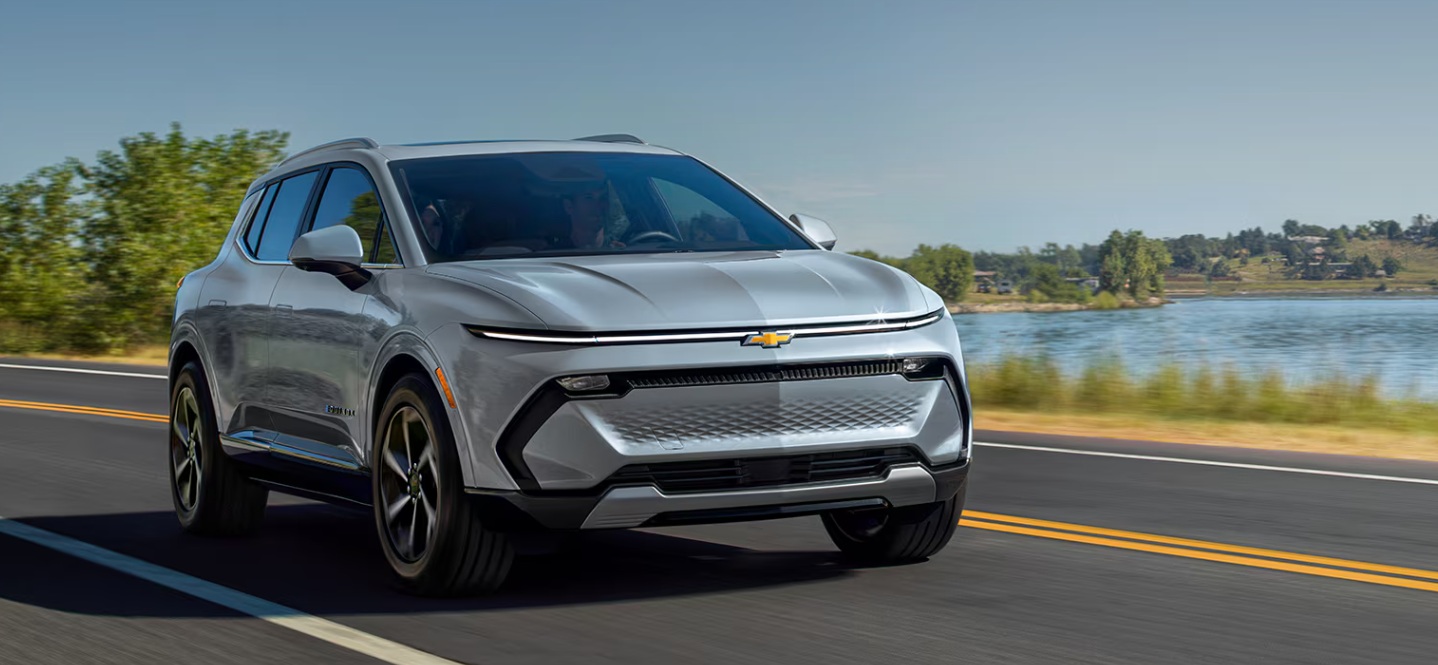
4. Design and Innovation: Aesthetic Meets Efficiency
Car design in 2025 strikes a balance between beauty and sustainability. Aerodynamic shapes, lightweight materials, and minimalist interiors define the modern vehicle aesthetic. Automakers are using recycled and bio-based materials in their production processes to reduce carbon footprints without compromising style or comfort.
Electric drivetrains have allowed for new design possibilities — such as flat floors, spacious cabins, and panoramic dashboards. Many cars now feature digital cockpits with large infotainment screens, AI-powered interfaces, and fully customizable displays.
Luxury brands like Mercedes-Benz and Audi are focusing on sensory experiences — ambient lighting, noise-canceling cabins, and AI-driven comfort adjustments that respond to a driver’s mood or preferences. Meanwhile, affordable brands are embracing simplicity and practicality, offering sleek, energy-efficient vehicles at lower price points.
The result is an automotive design philosophy that merges form, function, and sustainability — making cars not just machines, but personalized lifestyle spaces.
5. Sustainability and the Green Revolution
Sustainability has become the heart of automotive innovation. In addition to producing zero-emission vehicles, manufacturers are rethinking their entire supply chains to be more eco-friendly.
Factories are transitioning to renewable energy, while companies are recycling materials from old cars to produce new ones — an approach known as the circular economy. Even tires and batteries are being designed for recyclability and reuse.
Moreover, the rise of hydrogen fuel cells offers an alternative clean energy source for heavy-duty and long-range vehicles. Brands like Toyota and Hyundai are investing heavily in hydrogen-powered cars, which can be refueled in minutes and emit only water vapor.
Consumers, too, are becoming more environmentally conscious. Drivers are choosing vehicles not just for performance or luxury, but for their sustainability credentials. As climate concerns grow, green mobility is becoming the defining value of the modern automotive lifestyle.
6. Changing Consumer Behavior: From Ownership to Mobility
The concept of car ownership is evolving. In major urban centers, younger generations are shifting from owning vehicles to using mobility-as-a-service (MaaS) platforms. Ride-sharing, car-subscription services, and short-term rentals are becoming the new norm.
Companies like Uber, Lyft, and Zipcar, as well as traditional automakers, are offering flexible mobility solutions that combine affordability, convenience, and sustainability.
Electric car-sharing fleets are expanding rapidly, giving people access to clean, modern vehicles without the costs of ownership. For automakers, this shift represents both a challenge and an opportunity — forcing them to transition from product providers to service-based mobility companies.
7. Motorsports and the New Definition of Speed
Even as cars become more sustainable and autonomous, the thrill of performance driving is far from gone. In fact, motorsports are experiencing their own transformation. Electric racing series like Formula E and Extreme E have grown in popularity, showcasing that speed and sustainability can coexist.
Manufacturers are using these platforms as testbeds for future technology. Innovations developed on the racetrack — such as advanced battery systems and regenerative braking — often find their way into consumer vehicles.
Meanwhile, the culture of car customization remains alive and well. Enthusiasts are blending classic aesthetics with modern electric conversions, proving that car passion is timeless — it just evolves.
8. The Road Ahead: Where Technology Meets Humanity
The automotive revolution of 2025 is not just about machines; it’s about the relationship between people, technology, and the planet. Cars are becoming cleaner, smarter, and safer — but they’re also becoming more human-centered.
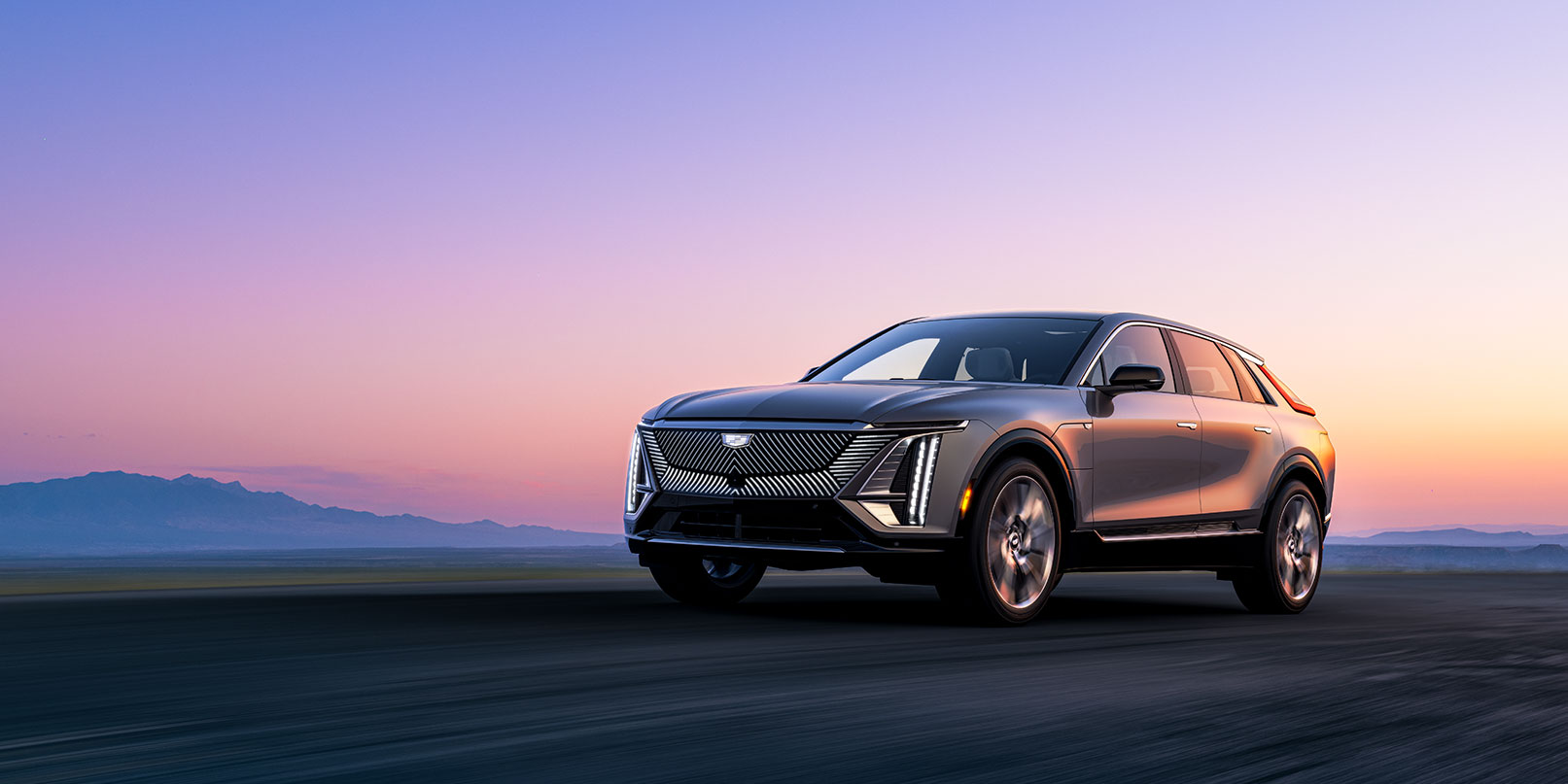
Manufacturers are focusing on experience over ownership, comfort over competition, and sustainability over speed. As digital systems take the wheel, the essence of driving — freedom, emotion, and exploration — is being reimagined for a new generation.
The road ahead promises not just innovation, but transformation. The future of cars isn’t about leaving behind the past — it’s about driving toward a cleaner, smarter, and more connected world.

